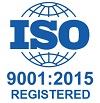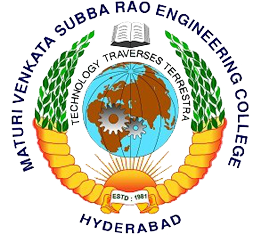WITH EFFECT FROM THE ACADEMIC YEAR 2016 - 2017
EC351
DIGITAL COMMUNICATION
Instructions 4 Periods per week
Duration of University Examination 3 Hours
University Examination 75 Marks
Sessional 25 Marks
Unit-I
Elements of Digital Communication System, Comparison of Digital and Analog Communication Systems. Analog to Digital Conversion, Quantization and Encoding techniques, PCM. Companding in PCM systems: μ-law and A-law. Applications of PCM: PCM-TDM. Introduction to Linear Prediction Theory. Modulation and demodulation of DPCM and DM. Quantization noise and Slope overload error in DM. Modulation and demodulation of ADM. Comparison of PCM, DPCM, DM and ADM. SNR of PCM and DM.
Definition of Inter Symbol Interference (ISI) and eye pattern.
Unit-II
Uncertainty, Information and entropy. Source coding, Shannon – Fano algorithm and Huffman coding. Discrete memoryless channels, Probability relations in a channel, priori & posteriori entropies, cascaded channels, mutual information, Channel capacity, information rate and information capacity.
Unit-III
Types of transmission errors, need for error control coding, Linear Block Codes (LBC): description of LBC, generation, Syndrome and error detection, minimum distance of a block code, error correcting and error detecting capabilities, Standard array and syndrome decoding, Hamming codes. Binary cyclic codes (BCC): description of cyclic codes, encoding, decoding and error correction of cyclic codes using shift registers, BCH codes. Convolution codes: description, encoding and decoding.
Unit-IV
Base band digital data transmission, Gaussian error probability, matched filter, correlation receiver, coherent and non-coherent ASK, FSK, PSK, DPSK and M-ary QPSK, and Gaussian error probability. Need for MSK Modulation, Comparison of digital carrier modulation schemes. Synchronization methods
Unit -V Need for spreading a code, generation and characteristics of PN sequences. Direct Sequence Spread Spectrum and Frequency hopping spread spectrum systems and their applications. Acquisition schemes for spread spectrum receivers, Tracking of FH and DS signals.
Suggested Reading:
- 1.P. Ramakrishna Rao, “Digital Communication,” 1/e, TMH, 2011.
- 2.B.P. Lathi, Zhi Ding, “Modern Digital and Analog Communication Systems”, 4/e, Oxford University Press, 2016
- 3.Simon Haykin, “Communication Systems,” 4/e, Wiley India, 2011.
- 4.Herbert Taub, Donald L. Shilling & Goutam Saha, “Principles of Communication Systems,” 3/e, TMH,



